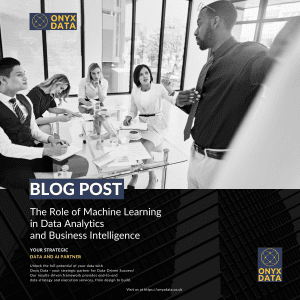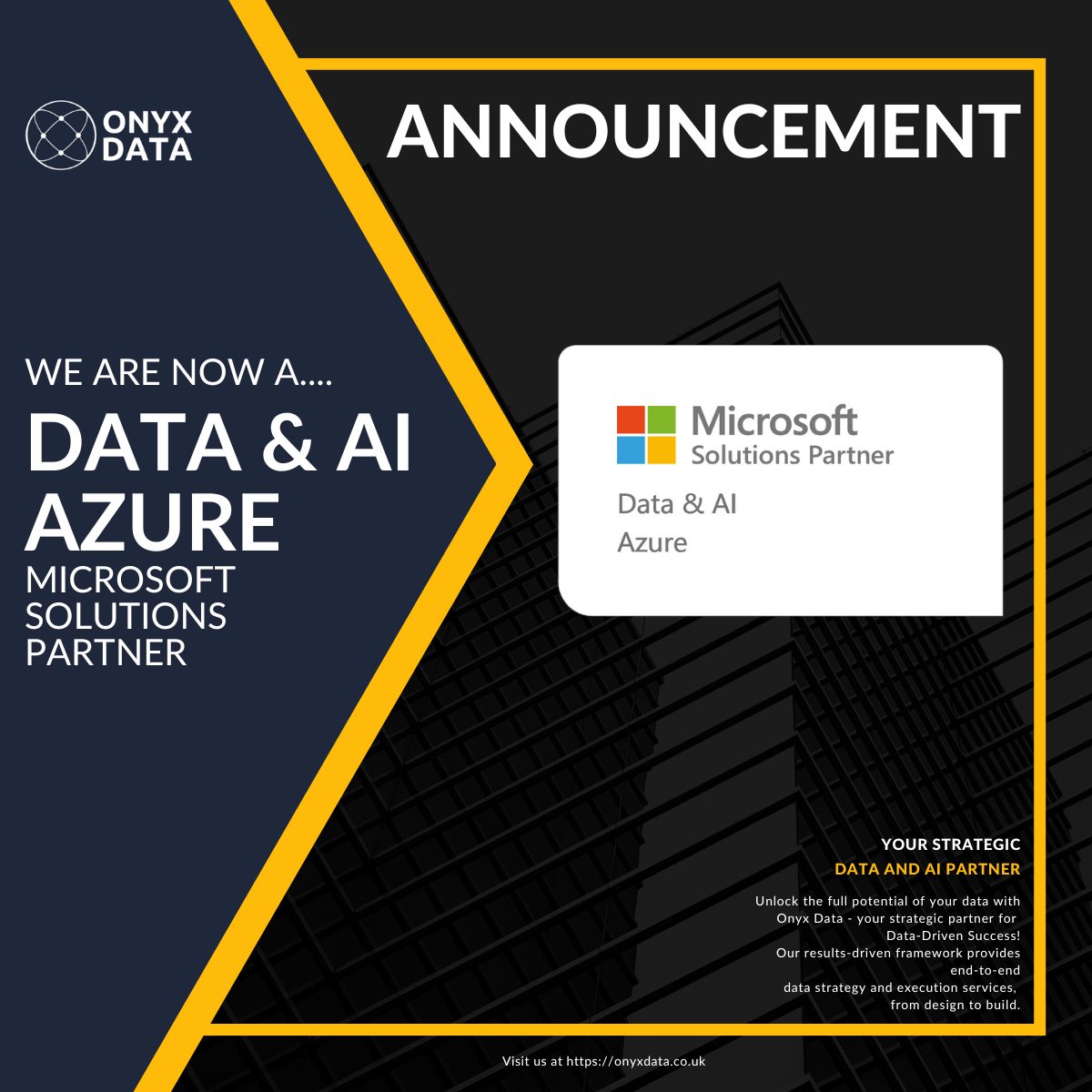
Introduction
Machine learning, a subset of artificial intelligence (AI), has become an increasingly important tool in the world of data analytics and business intelligence (BI). As organisations strive to make better data-driven decisions, machine learning offers powerful capabilities that can transform the way businesses analyse and interpret their data.
This blog post will explore the role of machine learning in data analytics and BI, highlighting its advantages and potential applications for executives and managers.
Understanding Machine Learning
What is Machine Learning?
- Machine learning is a method of data analysis that enables computers to learn from data and make predictions or decisions without explicit programming.
- It involves the development of algorithms that can identify patterns and relationships within data, allowing for more accurate predictions and insights.
Types of Machine Learning:
- Supervised learning: The algorithm is trained using labeled data, learning to predict outcomes based on input-output pairs.
- Unsupervised learning: The algorithm learns from unlabeled data, identifying patterns and structures without predefined output categories.
- Reinforcement learning: The algorithm learns through trial and error, receiving feedback and adjusting its actions accordingly.
Advantages of Machine Learning in Data Analytics and BI
Speed and Efficiency:
- Machine learning algorithms can process and analyse vast amounts of data much faster than traditional methods, enabling real-time insights and decision-making.
- Fact: According to a study by Deloitte, machine learning can reduce the time spent on data analysis by up to 40% (1).
Accuracy and Precision:
- Machine learning algorithms continuously improve with more data, leading to increased accuracy and precision in data analysis.
- Fact: Research by McKinsey suggests that machine learning can reduce errors in data analysis by up to 50% (2).
Uncovering Hidden Patterns:
- Machine learning has the ability to identify complex patterns and relationships within data, providing valuable insights that may have been previously overlooked.
- Fact: A study by MIT found that machine learning algorithms can uncover patterns in data that are invisible to traditional statistical methods (3).
Applications of Machine Learning in Data Analytics and BI
Predictive Analytics:
- Machine learning can be used to develop predictive models that forecast future outcomes based on historical data, helping businesses make proactive decisions and optimise their strategies.
Customer Segmentation:
- Machine learning algorithms can analyse customer data to identify segments with similar characteristics, enabling businesses to better target their marketing efforts and improve customer satisfaction.
Anomaly Detection:
- Machine learning can detect unusual patterns or outliers in data, helping businesses identify potential fraud, security breaches, or operational inefficiencies.
Natural Language Processing (NLP):
- Machine learning can be used to analyse and understand human language in text or speech, enabling businesses to gain insights from unstructured data sources, such as customer reviews or social media posts.
Recommendation Systems:
- Machine learning can be used to develop recommendation systems that provide personalised suggestions for products or services, enhancing customer experiences and driving sales.
Conclusion
Machine learning plays a critical role in modern data analytics and business intelligence, offering significant advantages in speed, accuracy, and the ability to uncover hidden patterns. By incorporating machine learning into their data analytics and BI strategies, executives and managers can unlock valuable insights, make more informed decisions, and drive their organisations’ success.
Citations
(1) Deloitte. (2017). Machine Learning: Things Are Getting Intense. Retrieved from https://www2.deloitte.com/insights/us/en/focus/signals-for-strategists/machine-learning-data-analysis.html
(2) McKinsey & Company. (2016). The Age of Analytics: Competing in a Data-Driven World. Retrieved from https://www.mckinsey.com/business-functions/mckinsey-analytics/our-insights/the-age-of-analytics-competing-in-a-data-driven-world
(3) MIT News. (2017). Machine Learning Unearths Patterns in Data. Retrieved from https://news.mit.edu/2017/machine-learning-identifies-patterns-data-1024






